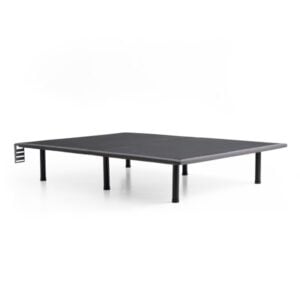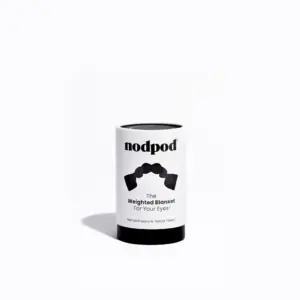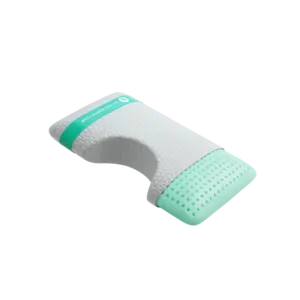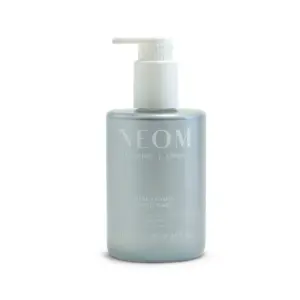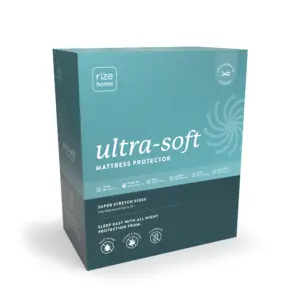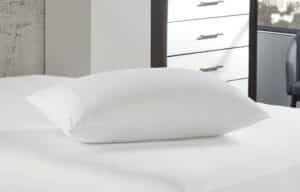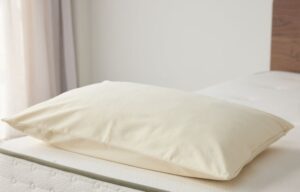Hypoallergenic Benefits of Latex Mattresses: What You Should Know
Introduction
Are latex mattresses truly hypoallergenic? The answer is a resounding yes. Natural latex mattresses are an ideal choice for allergy sufferers, effectively resisting dust mites, mold, and bacteria more than many other mattress types. This unique feature not only enhances your comfort but also contributes to a healthier sleep environment. In this article, we’ll explore the hypoallergenic benefits of latex mattresses and provide insights into their features, comparisons with other types, and essential maintenance tips to keep your sleeping space allergy-free.
What is a Latex Mattress?
Latex mattresses are crafted from the sap of rubber trees (Hevea brasiliensis), transformed into a durable foam that provides both support and comfort. Two principal types of latex used in mattress construction are Dunlop latex and Talalay latex, each with distinct characteristics shaped by different manufacturing processes.
Natural Latex
Natural latex is revered for its eco-friendly properties and remarkable comfort. Unlike synthetic latex, which relies on petrochemicals, natural latex is sustainable and biodegradable. The extraction process is designed to protect rubber trees, making it an environmentally responsible choice for conscientious consumers.
Dunlop Latex
Dunlop latex is produced by pouring liquid latex into a mold and baking it. This method results in a denser, firmer foam, perfect for individuals seeking a supportive mattress. Recognized for its durability, Dunlop latex is commonly found in the base layers of latex mattresses.
Talalay Latex
Talalay latex undergoes a more intricate process. Liquid latex is poured into a mold, vacuum-sealed, frozen, and then baked. This results in a lighter, more breathable material with a softer feel. Talalay latex is typically used in the upper comfort layers of mattresses due to its plush texture.
The Manufacturing Process
The creation of latex mattresses involves several meticulous steps:
1. Sap Collection: Rubber trees are tapped to collect the latex sap.
2. Mixing and Pouring: The sap is blended with natural ingredients and poured into molds.
3. Setting: Dunlop latex is immediately baked, while Talalay latex is vacuum-sealed, frozen, and then baked.
4. Washing: Extensive washing removes proteins that may cause allergies.
5. Final Curing: The latex is cured to solidify its shape and amplify durability.
This comprehensive manufacturing process not only guarantees comfort but also ensures that latex mattresses remain hypoallergenic over time. The washing phase significantly minimizes the potential for allergic reactions, making these mattresses a safe choice for sensitive individuals.
Are Latex Mattresses Hypoallergenic?
When it comes to choosing a mattress that accommodates allergy sufferers, the hypoallergenic benefits of latex mattresses are unparalleled. Here are essential advantages:
– Dust Mite Resistance: Dust mites thrive in warm, humid conditions, especially in bedding. The dense structure of latex mattresses naturally repels these pests, reducing allergens in your sleep space.
– Mold and Mildew Resistance: Naturally resistant to mold and mildew, latex promotes good air circulation, preventing moisture build-up that can lead to growth.
– Antimicrobial Properties: The inherent antimicrobial qualities of latex inhibit the proliferation of bacteria and harmful microorganisms, contributing to a cleaner and healthier environment.
– Eco-Friendly Composition: Derived from renewable rubber tree sap, natural latex mattresses often incorporate organic materials, positioning them as a sustainable choice.
Potential Latex Allergy Symptoms and Management
While latex mattresses offer numerous benefits, it’s crucial to be aware of potential latex allergies:
Symptoms:
– Skin Reactions: These may manifest as hives, itching, or redness.
– Respiratory Issues: Symptoms can include sneezing and a runny nose. In severe cases, exposure might trigger anaphylactic reactions.
Fortunately, the manufacturing process includes thorough washing, which removes many allergens, making these mattresses safer for the majority. However, if you’re concerned about a latex allergy, consulting with an allergist before purchasing is wise.
Comparing Latex with Other Mattress Types
Memory Foam vs. Latex Mattresses
Memory foam mattresses are constructed mainly from chemicals like polyurethane, allowing them to contour to your body seamlessly, offering significant pressure relief. However, they can emit volatile organic compounds (VOCs) that may affect those with respiratory sensitivities.
In contrast, natural latex mattresses are less likely to off-gas, boasting hypoallergenic properties, including resistance to dust mites and mold. Additionally, their breathability helps regulate temperature, enhancing overall comfort.
Hybrid Mattresses and Allergen Resistance
Hybrid mattresses combine various materials, frequently incorporating latex, memory foam, and innerspring coils. While the inclusion of natural latex enhances allergen resistance, caution is necessary when significant memory foam layers are present. Traditional innerspring mattresses may retain allergens unless properly encased, making hybrids with latex layers a preferable option for allergy sufferers.
Choosing the Right Hypoallergenic Mattress
Selecting a hypoallergenic mattress involves more than just considering materials. Here are vital factors to keep in mind:
Health Certifications
Ensure your mattress carries certifications such as:
– CertiPUR-US: Confirms that the foam is free from harmful chemicals.
– OEKO-TEX: Ensures textiles are tested for harmful substances.
– GREENGUARD Gold: Guarantees low VOC emissions for improved air quality.
– GOTS: Validates that the mattress consists of at least 70% organic fibers.
– GOLS: Ensures at least 95% of the latex is organic.
Maintenance Tips
To sustain a hypoallergenic sleeping environment, consider the following tips:
– Regular Cleaning: Vacuum your mattress often to remove allergens. Wash removable covers according to manufacturer guidelines.
– Mattress Protectors: Use allergen-proof covers to shield against dust mites and other allergens.
– Air Purifiers: Employ HEPA-filter air purifiers to enhance indoor air quality.
– Dehumidifiers: Maintain optimal humidity levels to hinder dust mite and mold growth.
– Dust Reduction: Minimize dust-collecting items in the bedroom to reduce allergens.
Conclusion
In summary, latex mattresses present significant hypoallergenic benefits, making them an outstanding choice for allergy sufferers. Their natural resistance to dust mites, mold, and mildew fosters a healthier sleep environment, while their antimicrobial properties further safeguard against allergens.
Additionally, the eco-friendly composition of latex mattresses, often utilizing sustainable materials like organic cotton, benefits both personal health and the environment. With certifications like OEKO-TEX and GOLS, you can trust that your mattress is free from harmful substances.
At Yawnder, we are committed to providing a curated selection of the finest hypoallergenic latex mattresses available. Our thorough evaluations ensure that every mattress meets high standards for both comfort and allergen resistance.
Whether grappling with dust mites, mold, or other allergens, a latex mattress can offer the relief needed for a restful night’s sleep. Make an informed decision today and experience the benefits of a hypoallergenic latex mattress, allowing you to breathe easier and sleep better.



